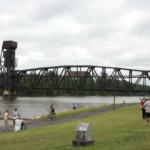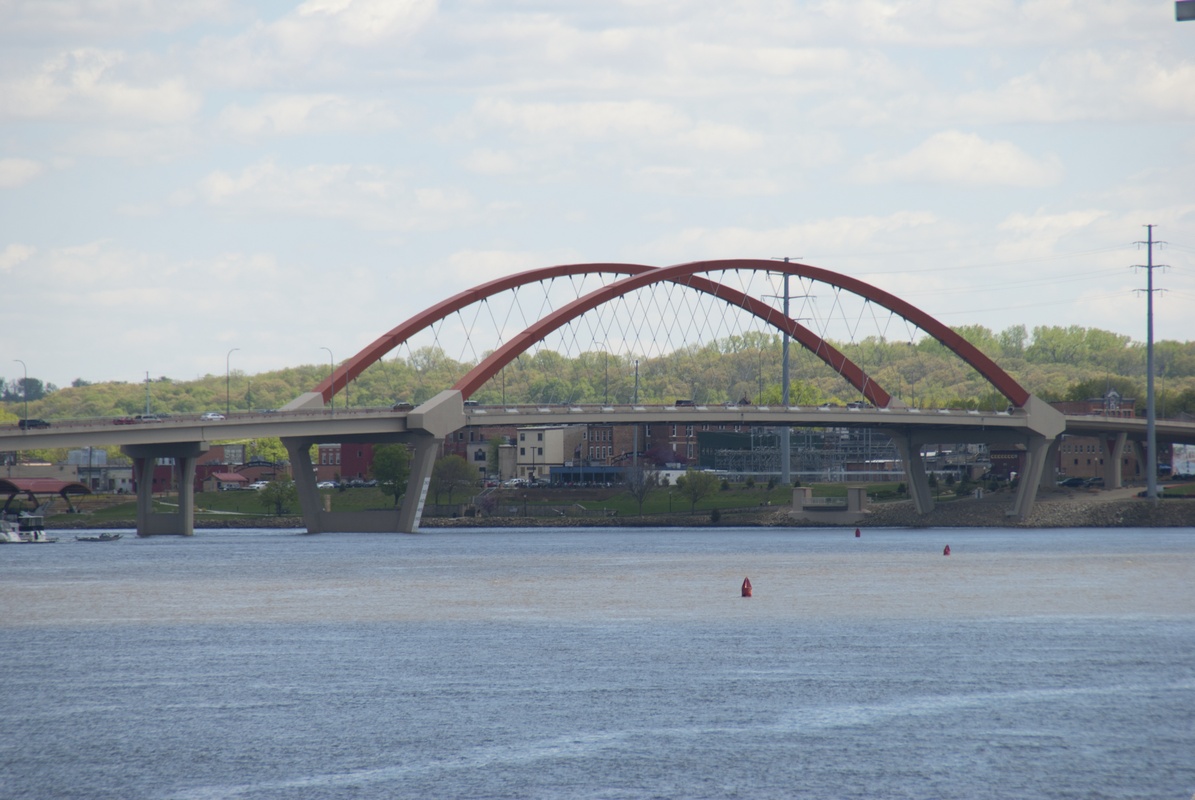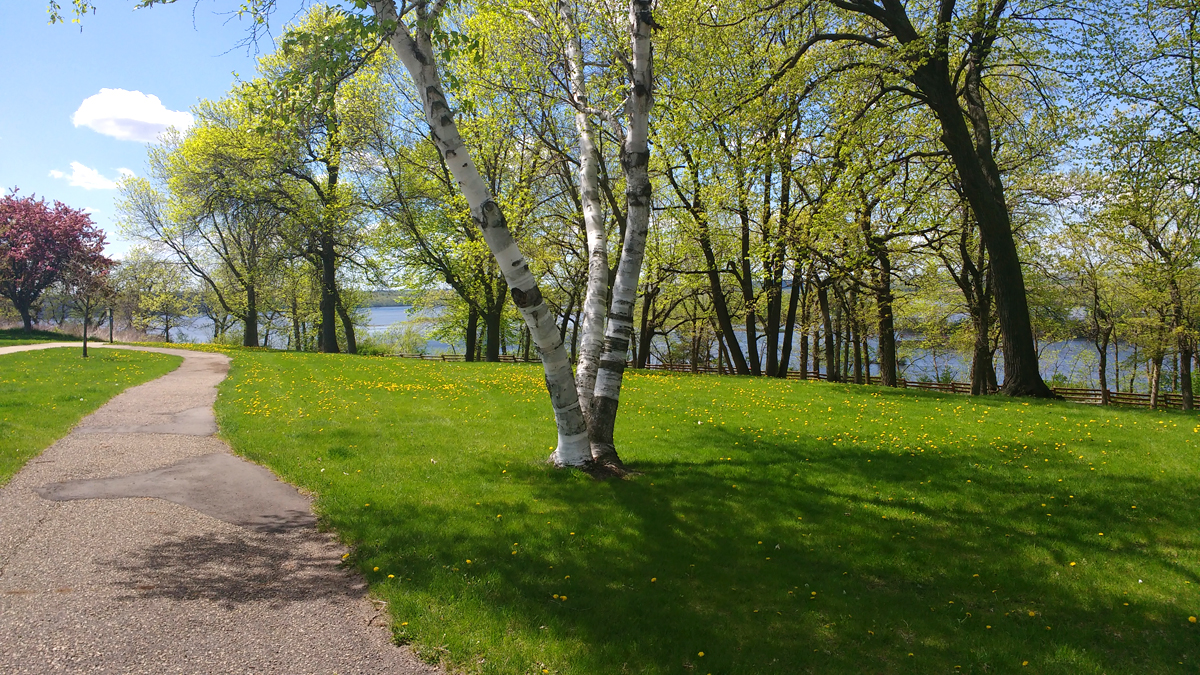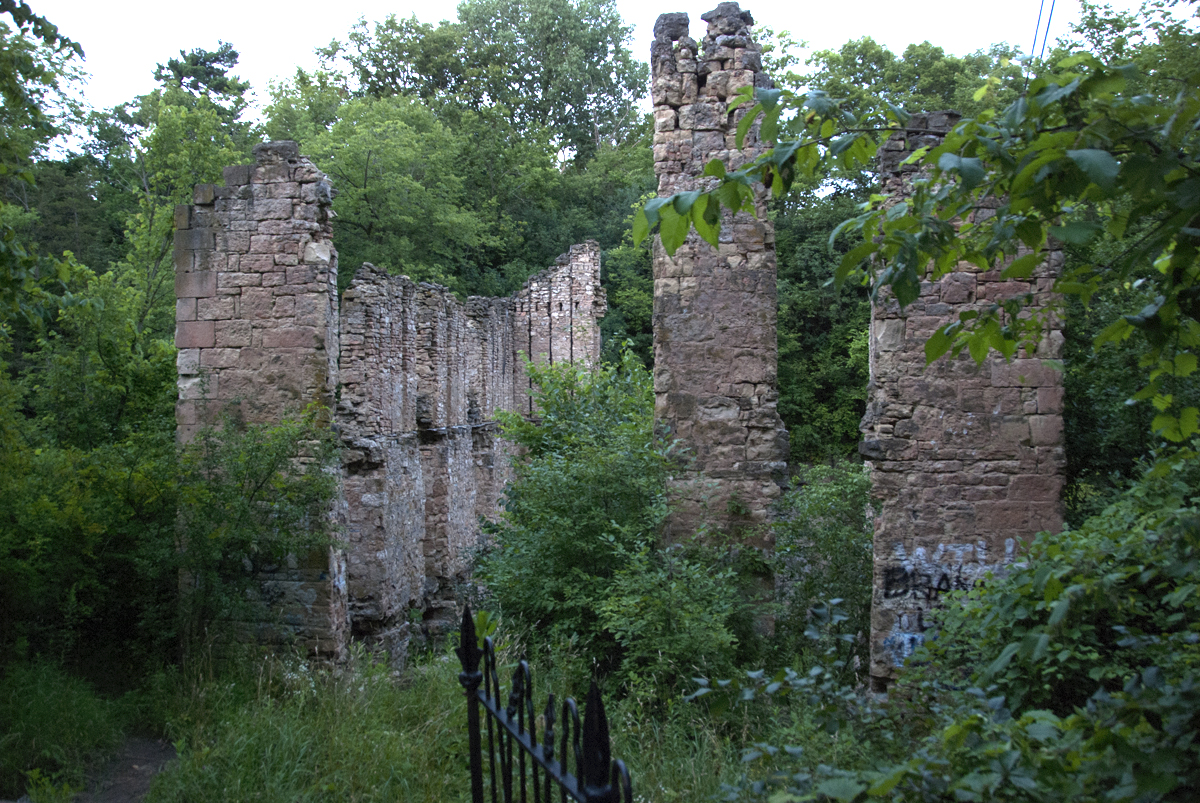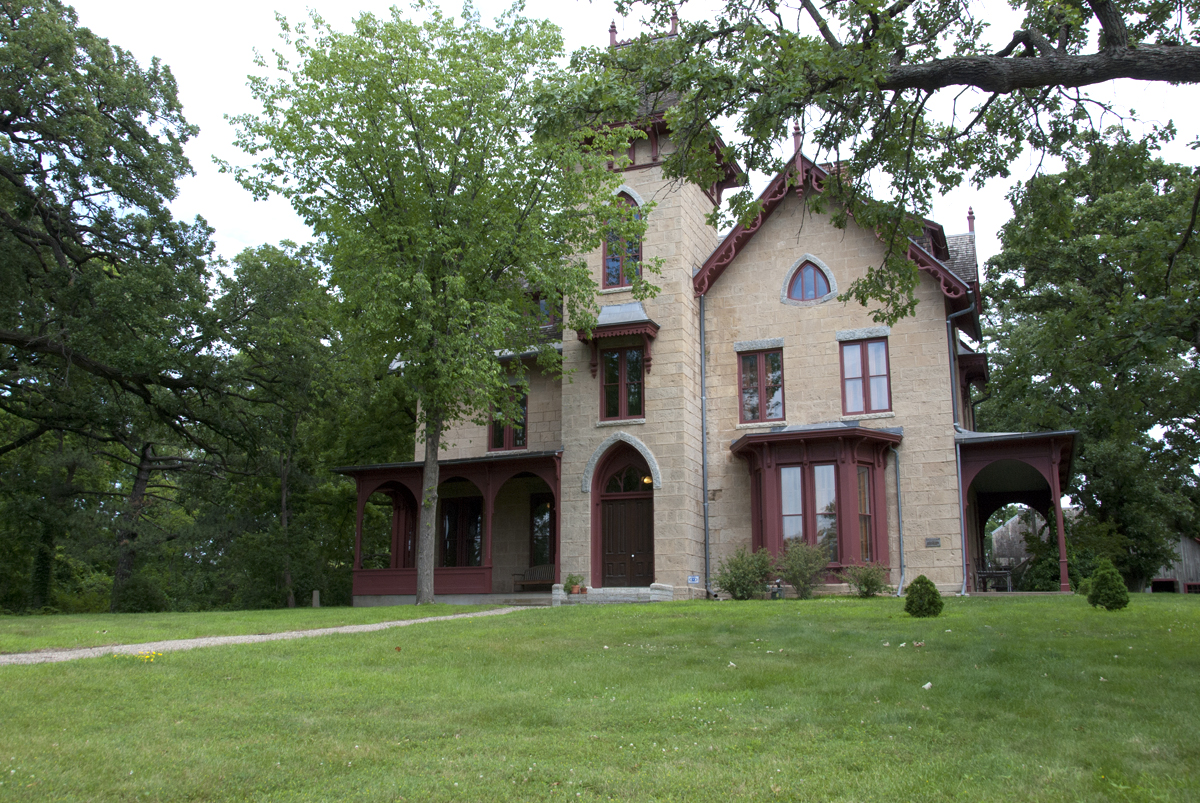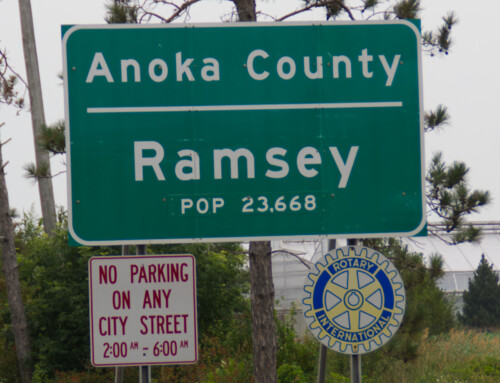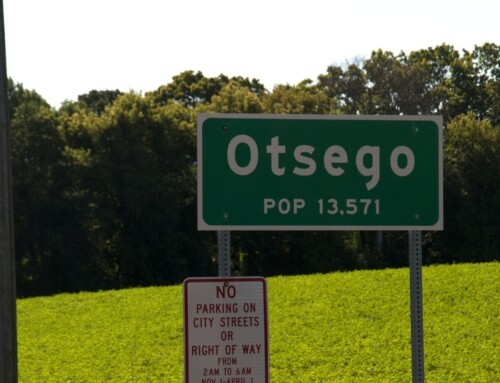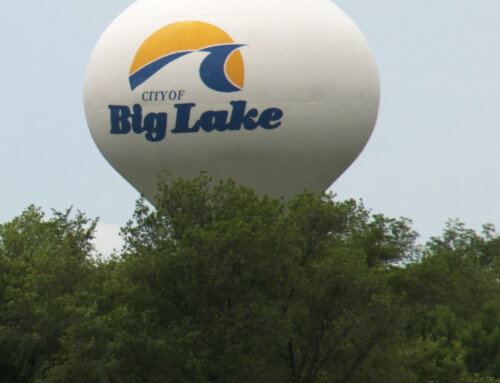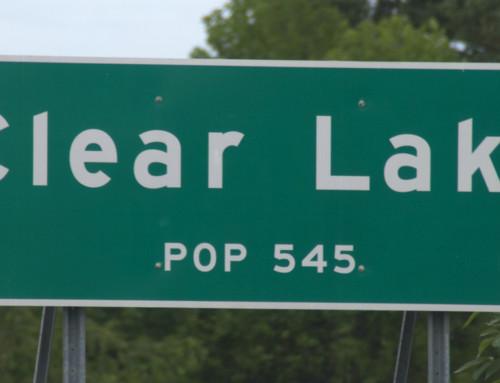Introduction
Hastings is a pleasant surprise. When I was in college, the sum total of my knowledge about Hastings was that it marked the gateway to (or exit from) the Twin Cities on my many road trips between La Crosse and Minneapolis. Now I know that Hastings has extensive green space along the river, good food, a charming business district, and helpful locals.
Visitor Information
Get your questions answered from the good folks at the Hastings Area Chamber of Commerce (314 Vermillion St.; 651.437.6775).
History
In 1819, Lieutenant William Oliver led an expedition of keel boats from Fort Crawford upriver to Fort Snelling, but ice on the river forced them to stop for the winter. That’s all it took for this spot to become known as Oliver’s Grove for the next 30 years.
The village of Hastings was platted in 1853 by four men with deep ties to the fur trade: Alexander Faribault, Henry Sibley, Alexis Bailly and his son, Henry. This location had two important advantages as a town site: it was on a high plain and therefore didn’t flood, and it had a good steamboat landing. These four men had trouble agreeing to a name, so they decided to settle the matter by drawing lots. Each put a name in a hat. The winning slip of paper had Hastings on it, which was the middle name of Henry Sibley. Sibley was later elected the first governor of Minnesota. In 1856 the town claimed about 650 residents but one year later it had tripled to 2,000. Rampant land speculation drove prices to ridiculously high levels, though, so many settlers moved on in search of cheaper options. The financial panic of 1857 brought prices back to earth and Hastings settled into a typical growth pattern for that era: mills, a foundry, warehouses, wheat milling, shipping, railroad jobs, and breweries.
In 1895, Hastings got its first wagon/auto bridge. The initial design would have taken traffic over Second Street and away from the main commercial district, so town leaders insisted on an alternative that would ensure traffic would be routed directly to local businesses. The result was a unique spiral ramp that dumped traffic at the foot of Sibley Street. The road surface was constructed of three-inch oak planks, which didn’t hold up well to increasingly heavy vehicle traffic. Approaching school busses had to stop and unload, then wait for the children to cross on foot before crossing and reloading on the other side. The current High Bridge was completed in 1951 and the spiral bridge demolished in the same year. Not only did the new bridge bypass the old commercial district, but two blocks of it were sacrificed for the construction.
Hastings has had its share of industry over time, but one has had a lasting impact on the town. Charles Smead had a revolutionary idea for closing envelopes, specifically, manila ones (using durable metal clasps instead of the rubber band method that was common at that time). He searched for a manufacturer but found no takers, so he decided to make it himself. He secured money from three local investors in 1908 and launched Smead Manufacturing. Barely eighteen months after startup, however, he died in a freak accident, falling from the third floor of his hotel. P.A. Hoffman, one of the firm’s original six employees, become the new owner in 1916; Smead Manufacturing has been managed by the Hoffman family ever since. In 1955, Ebba Hoffman became the company president after the unexpected death of her husband, Harold. It is now the largest US manufacturer of stationery, with more than 2,500 employees world-wide. The current leader is Ebba’s daughter, Sharon Hoffman Avent.
Today, Hastings is growing again, this time as a suburban outpost of the Twin Cities, especially on the western part of town, where it looks like every other suburban community in America.
Exploring the Area
Lock and Dam 2 (651.437.3150) opened in 1930 but unexpected settling ruined the first structure, so it was rebuilt in 1948; it went through a major overhaul from 1987 to 1995. The dam is 822 feet long, and the lock has a maximum lift of 12 feet. The 4.4 megawatt power plant next door is operated by the City of Hastings.
Hastings City Hall (101 E. 4th St.; 651.480.2350) was built as the Dakota County Courthouse in 1871 with a strong Second Empire vibe; the neo-Classical dome was added in 1912 when the building was expanded. It was purchased by the City of Hastings in 1991 after the new county courthouse opened. The interior is worth a walk-around to see the gorgeous art glass windows (hidden from World War II to 1992) and art enlivening the hallways. The Pioneer Room (651.480.2350) has a number of local history artifacts, historical photos, and local records; call ahead to find out when they’re open.
The landmark LeDuc Historic Estate (1629 Vermillion St.; 651.437.7055) is a grand Gothic Revival home built by big characters. William and Mary LeDuc spent two years planning the construction. Mary found the design for the house in an 1853 book called Cottage Residences by noted landscape architect Andrew Jackson Downing. The LeDucs wanted to build a prince’s house on a poet’s budget, so they were constantly juggling their dreams with their limited budget. Who hasn’t been there. They moved into an unfinished house in August, 1865, after William was discharged from the service. The LeDucs had hoped to spend $2,000 on construction but estimated it would cost $5,000; in the end, they spent $30,000. The house had an unusual feature: an indoor outhouse. Your standard outhouse had to be relocated occasionally and the old hole filled. William, ever the innovator, put removable carts under the seats to collect the, um, material, so the carts could be rolled and dumped. The end result was a privy experience that was much more satisfactory than the standard one, especially during those long Minnesota winters.
Explore the ruins of an 1857-era mill next to the Vermillion River at Old Mill Park (800 18th St. West); originally built by Alexander Ramsey and Thomas Foster, the mill burned down in 1894 in a suspicious fire.
The Vermillion River carved a limestone ravine in what is now the middle of the city, creating a dramatic waterfall in the process. This is now part of Vermillion Falls Park (215 21st St. East), a pleasant place to picnic while accompanied by the sound of falling water.
Great Rivers Art Gallery (301 E. 2nd St.; 651.437.2800) stocks mostly for-sale items from regional artists but also has a small gallery in the back.
Hastings has a dense network of paved trails around town, including many along the river. Pick up the Hastings Trail Map brochure at the visitor center.
Hastings is at the southern end of the Mississippi National River and Recreation Area (651.290.4160; www.nps.gov/miss/index.htm), 72 miles of parks, trails, and recreation areas managed by the National Park Service that go through the heart of the Twin Cities along the Mississippi River. Free guides are available throughout the region.
If you are disc golf enthusiast, you can indulge your passion at C.P. Adams Park (1301 18th St. East; 651.480.6175).
The Hastings Family Aquatic Center (901 Maple St.; 651.480.2385) has several waterslides and a large pool.
In the winter, the Hastings Civic Arena (2801 Red Wing Blvd.; 651.480.6195) is the place to go for indoor ice skating; call for public skating times.
Southeast of Hastings, you’ll find Hastings Sand Coulee Scientific and Natural Area (651.259.5800), which preserves 260 acres of dry prairie. It’s a good place for a hike or to cross-country ski. There are two main access points. For the northwest section, go south on US 61 from Hastings, then south on Minnesota Highway 316 for one mile. Turn left (east) and Tuttle Drive and follow it east and south for 0.6 miles; park by the stormwater utility and walk on the maintenance road into the site. To access the southeast section, follow Minnesota Highway for 2.4 miles from Hastings. Park in the lot on the southwest side of the road, just past guard rail.
A little southeast of town, the 69-acre Hastings Scientific and Natural Area (651.259.5800) is a popular place for bird watchers. The Vermillion River meanders through the northern parcel’s floodplain forest and marshes. The southeast section includes some bluff tops and floodplain, with a few patches of old-growth red oak, sugar maple, and basswood. There are no developed trails, so bring shoes that you don’t mind getting muddy or wet. To get there, park at CP Adams Park (1301 18th St. E), then walk east to the area.
Parks Along the Mississippi River
You’ll find pleasant riverfront walks in Lake Rebecca Park and Jaycee Park near the lock and dam and upriver of the bridges. Levee Park runs along the river adjacent to downtown and offers good views and plenty of places to sit and watch the river flow.
Just a mile east of Hastings, Gores Pool #3 Wildlife Management Area (651.322.4643) preserves 7,000 acres of floodplain forest and marshes. From Hastings, follow 4th Street east for one mile; when the road turns to gravel, stay left.
Entertainment and Events
The Saturday Night Cruise-In features a mini-convention of classic cars in downtown Hastings on alternating Saturday evenings from late May until early October.
Farmers Market
Hastings has a twice weekly farmers market from June through October in the parking lot at Westview Shopping Center (8th St. W./Highway 55 at Pleasant Dr.; 651.208.0292; Tu, Sa 8a-1p).
Festivals
At Hastings Rivertown Days (651.437.6775) wander down to the riverfront and watch log burling and duck races, shop the arts and crafts booths, bird by canoe, fish in a tournament, and settle in for the grand parade where there is enough candy to send a diabetic into a coma. Most events are free but some require a festival button.
I love being surprised. I hadn’t heard much about the Little Log House Antique Power Show (21889 Michael Ave.; 651.437.2693) and ended up wishing I had more time to experience it. The full-narrated tractor parade is not something you’ll see often. Sure, it has the usual food vendors, live music, flea markets, and artisanal crafts, but there are also buildings that represent a wide cross-section of rural life: a saloon that is a functioning saloon, a general store selling general merchandise, a village hall for the village, and a very unique two-story house built for bachelor Peder Egtvedt (July: last weekend). If you miss the festival, you can see some of the buildings from 220th Street.
**Looking for more places along the Mississippi River to discover? Check out Road Tripping Along the Great River Road, Vol. 1. Click the link above for more. Disclosure: This website may be compensated for linking to other sites or for sales of products we link to.
Where to Eat and Drink
You’ve had to assume that after a century in business, Emily’s Bakery & Deli (1212 Vermillion St.; 651.437.3338) has figured a few things out. You’d be right. Stop in for something sweet, like a freshly-made Danish, donut, or a bar, or grab a sandwich or soup to go for lunch. If you’re lucky enough to be in Hastings early in the year, pick up a paczki or two to go, special Polish sweets that are deep-fried and filled with delicious treats.
The Alexis Bailley Vineyard (18200 Kirby Ave.; 651.437.0413) was one of the first vineyards along the Upper Mississippi River, and they have used their experience to produce better-than-average wines, especially for the Upper Midwest. The tasting room is in a scenic locale surrounded by grape vines). You are welcome to sit outside and enjoy the atmosphere, especially on the Sunday afternoons when they host live music.
The American Legion Post 47 (50 Sibley St.; 651.437.2046) may not be the first place you would think of for food, but they have a decent menu of American standards and the only outside riverside dining in town, so you can enjoy great views of the river while eating a burger or a wrap; cash only.
Whether you’re in the mood for a bowl of pasta or a chicken quesadilla, the Lock and Dam Eatery has something to please your palate; look for the restaurant just below the Mississippi River bridge (101 2nd St. SE; 651.319.0906).
Where to Sleep
Budget
The Hastings Inn (1520 Vermillion St.; 651.437.3155; WiFi) has 31 clean budget rooms, each with microwave, fridge, and cable TV; they also have two kitchenettes.
Resources
The local newspaper is the Hastings Star Gazette (651.437.6153).
Post Office: 300 2nd St. East; 651.437.1663.
Dakota County Pleasant Hill Library; 1490 S. Frontage Rd.; 651.438.0200.
Where to Go Next
Heading upriver?
- On the east bank check out Point Douglas and Cottage Grove.
- On the west bank check out Nininger.
Heading downriver? Check out the Prairie Island Indian Community.
Community-supported writing
If you like the content at the Mississippi Valley Traveler, please consider showing your support by making a one-time contribution or by subscribing through Patreon. Book sales don’t fully cover my costs, and I don’t have deep corporate pockets bankrolling my work. I’m a freelance writer bringing you stories about life along the Mississippi River. I need your help to keep this going. Every dollar you contribute makes it possible for me to continue sharing stories about America’s Greatest River!
Hastings Photographs
©Dean Klinkenberg, 2011,2016
